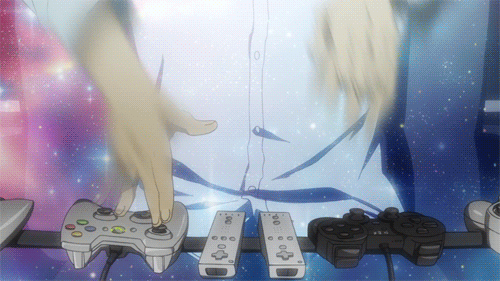Naturally, the ceiling on the next gen of console hardware will be higher by way of loosening up constraints imposed by current hardware, namely limited memory.
By that merit alone, ignoring the given advances in processing power and in GPU capabilities, next gen consoles should run closer to the typical decent spec gaming PC rig of today (but not of 2-3 years from now) in terms of frame rates (60fps+), resolution (1920x1080) and API effects (DX11). These are almost universally accepted as the "great advances" PC gaming offers over console gaming (UI/M+KB is simply a preference), and in just about every case, these are the exact (read: only) advantages of gaming on any decently built gaming PC.
Personally, I'd be okay with the above plus whatever individual advantages each platform brings to the table (Wii U tablet features, Xbox Durango's Kinect 2.0), with 1920x1080 at a locked 60fps at bare minimum, allowing for the double resolution required for stereoscopic 3D enabled games. If we're still seeing games natively rendering at 1280x720 or 30fps frame rates, then I'm not really sure consoles will have actually been ready for the next gen performance offered by the modest gaming PCs of today.
Beyond the hardware, visuals will be dictated by next gen gaming engines and how well they are optimized to run on next gen console hardware. Assuming engines like UE4 run smoothly on next gen consoles, by that merit alone, the same franchises that were running on UE3 today will look better when developed for UE4.
Recognize that in game development the rule is not "more resources = more cost" but more resources means less time spent optimizing once programmers are familiar with the software engines and hardware capabilities and idiosyncrasies which should be minimized next gen (no more CBE, let's reinvent the wheel sheenanigans). At worst, artists will be making higher res textures (high res textures typically already exist and are scaled down during the process of development) and higher poly count models and characters (high res versions of both already exist almost universally in any given project, which are then scaled down during the process of development).
It goes without saying that by mere merit of being "next gen" games, they will not be longer and larger than the current gen as it's not as though having better hardware to work with suddenly means "let's spend more time in development making longer and larger games."
If nothing else, next gen consoles should help facilitate streamlined development pipelines, allowing for faster and more efficient development.



























































